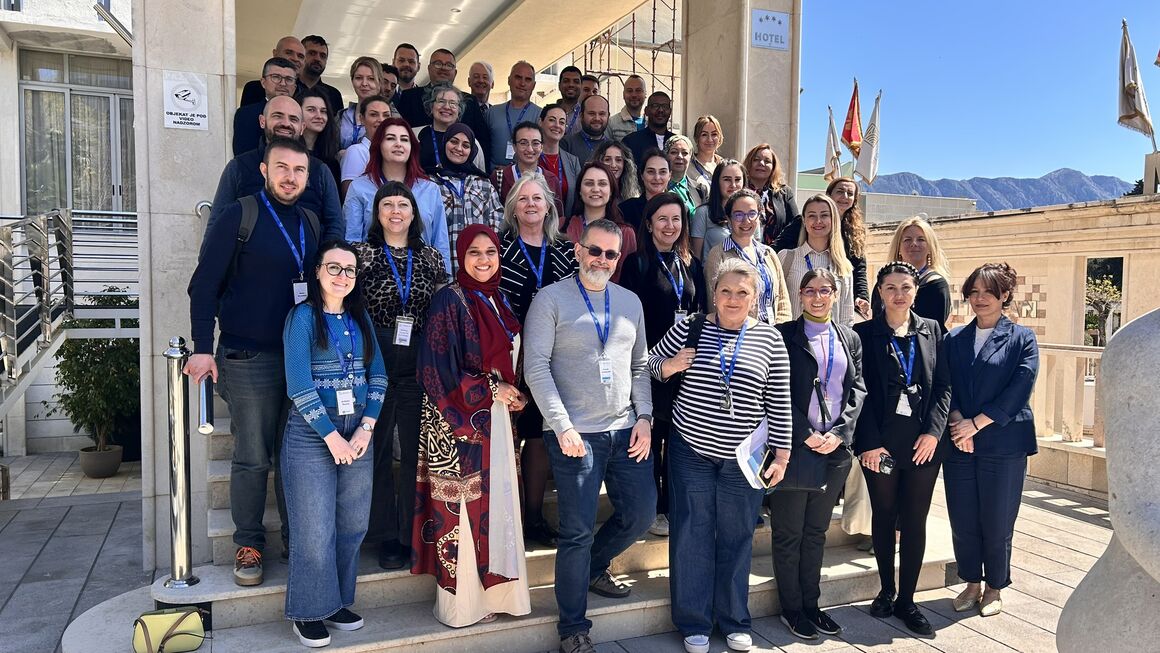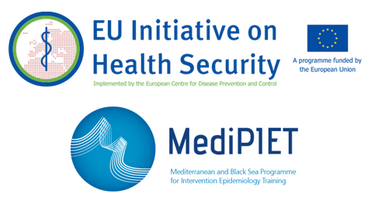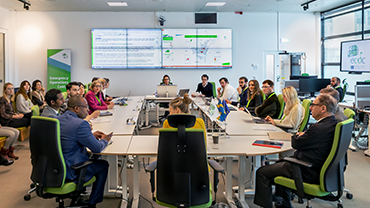MediPIET fellows and experts complete intensive preparedness training on chemical, biological, radiological and nuclear agents in Montenegro
MediPIET fellows and external participants concluded an intensive training module in Montenegro, focusing on chemical, biological, radiological and nuclear (CBRN) agents and their impact on human health. The training gathered 35 participants representing countries engaged under the EU Health Security Initiative project and 14 participants and facilitators from EU/EEA countries.

The course took place from 7-11 April and was organised by the European Centre for Disease Prevention and Control (ECDC) in collaboration with national and international institutions from the European Union (EU) and the European Economic Area (EEA) countries, alongside the Institute of Public Health of Montenegro.
The training gathered 35 participants representing countries engaged under the EU Health Security Initiative project and 14 participants and facilitators from EU/EEA countries.
The module aimed to equip participants with knowledge on the nature of emergencies caused by CBRN agents, how these differ from conventional terrorist incidents, and the effects such agents can have on human health.
Participants were trained in developing preparedness plans involving key agencies for responding to CBRN incidents. The course combined expert-led lectures and hands-on group exercises, offering practical insights into effective preparedness planning.
An emphasis was placed on:
-
early recognition of deliberate releases of CBRN agents;
-
core principles of risk assessment, management, and response during CBRN events;
-
initial site management and care for individuals exposed to CBRN agents;
-
infection prevention and control measures, alongside public health and social measures to limit exposure and transmission.
The course faculty , with experts from ECDC and relevant competent institutions across Europe, delivered concise lectures and facilitated group discussions on best practice that simulated real-life scenarios.
Fellows became familiar with different methods of testing for biological agents, learned how to collect clinical and environmental samples of critical substances and transport them appropriately, and how to communicate during a CBRN incident, targeting different audiences such as the wider public, professional networks, and policy makers.
Lastly, the course covered occupational health and safety for healthcare workers, including to the proper use of personal protective equipment and guidance on its appropriate application in CBRN situations.






